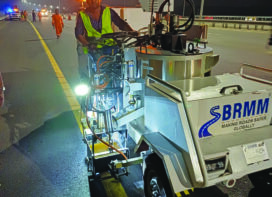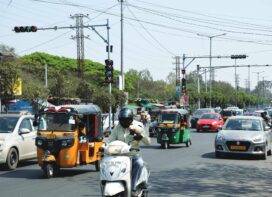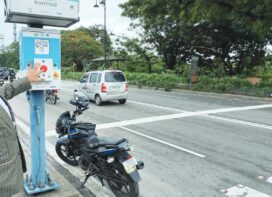So, the focus now shifts from just transporting a person from A to B to providing a wholesome service while transporting a passenger from A to B. Why we travel in the bullet train is not just because of the speed but also for the wholesome experience, and the kind of services that we get.
The biggest barriers however are some of the artificial ones created by the law or rules. Most of the states have capped the number of vehicles that can ply as taxis in the city or the number of autorickshaws. The plus points of shared mobility have reduced congestion and reduced fuel consumption. Ultimately, we may look at a vehicle as an asset and that asset takes or consumes a lot of natural resources as well as other resources. If you are using lesser number of vehicles, from the resource utilisation perspective, there will be positive outcomes.
About twenty years back, it was thought that the taxis and autorickshaws would create congestion in the city. So, their number has virtually remained stagnant, leave apart the aggregated taxis which have recently come up. But the number of personal vehicles has increased probably four to five times and this increase is on a compounded annual growth rate of about 10%.
This is not to advocate that people should not buy cars. But buying a car and using a car are two different things. One may buy a car for meeting the aspirations, but it doesn’t mean that the vehicle will be used round the year. Only when a taxi can provide all the qualities of a personal car, that person will make a shift.
Coming back to artificial barriers, one sees taxis parked on the roads. Connaught Place in Delhi is one of the best examples. More than 2000 or 3000 private car parking are there but not a single taxi parking has been provided when 20% or 30% percent of the city is willing to move on taxis. So, naturally there is a case where every urban body needs to earmark at least 20% of the overall parking space for the shared mobility vehicle. I would also advocate probably free of cost and cross compensate that by charging 25% extra on the private vehicles. You need to create some kind of dis-incentivisation and incentivisation for the people to work or use kind of mobility solutions which do not congest and which do not pollute.
The second aspect is the new technology, Technology brought in by the aggregators have ensured that there is a secured and safe solution available. The vehicle, the location and the passenger can be tracked easily.
At the same time, what are the responsibilities of the operators or the aggregators? One, they should not take advantage of the demand supply issues. Maybe there is a need for dynamic pricing but that doesn’t mean that you can probably create issues when people need it. Dynamic pricing, legally or illegally needs to be capped and it should not go beyond the particular range.
But primarily, the players who are probably utilising or accepted by this entire ecosystem, the states, being one, must not create artificial barriers in the form of capping the number of the vehicles. Market will take care of the dynamics. States do not take care of the private vehicles, it should not take care of the public service vehicles also in the same way.
Number two, the unreasonable taxes should not be imposed so as to make the entire transport operations viable because ultimately it is the citizens who are definitely going to benefit. If taxes are low, citizens are going to benefit. Public Transport leads to employment creation, so the drivers are a very important component of this entire ecosystem. One positive thing is that the driver’s quality has improved but their working hours need to be defined. They also need to be protected from unethical extortion by their operators.better services.
 TrafficInfraTech Magazine Linking People Places & Progress
TrafficInfraTech Magazine Linking People Places & Progress


